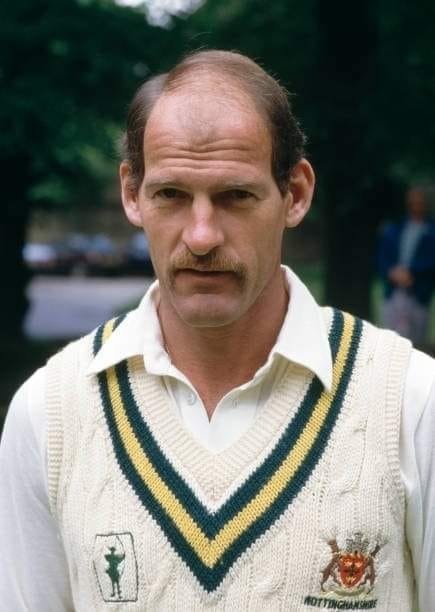Stories
Recent Activity
2 years ago
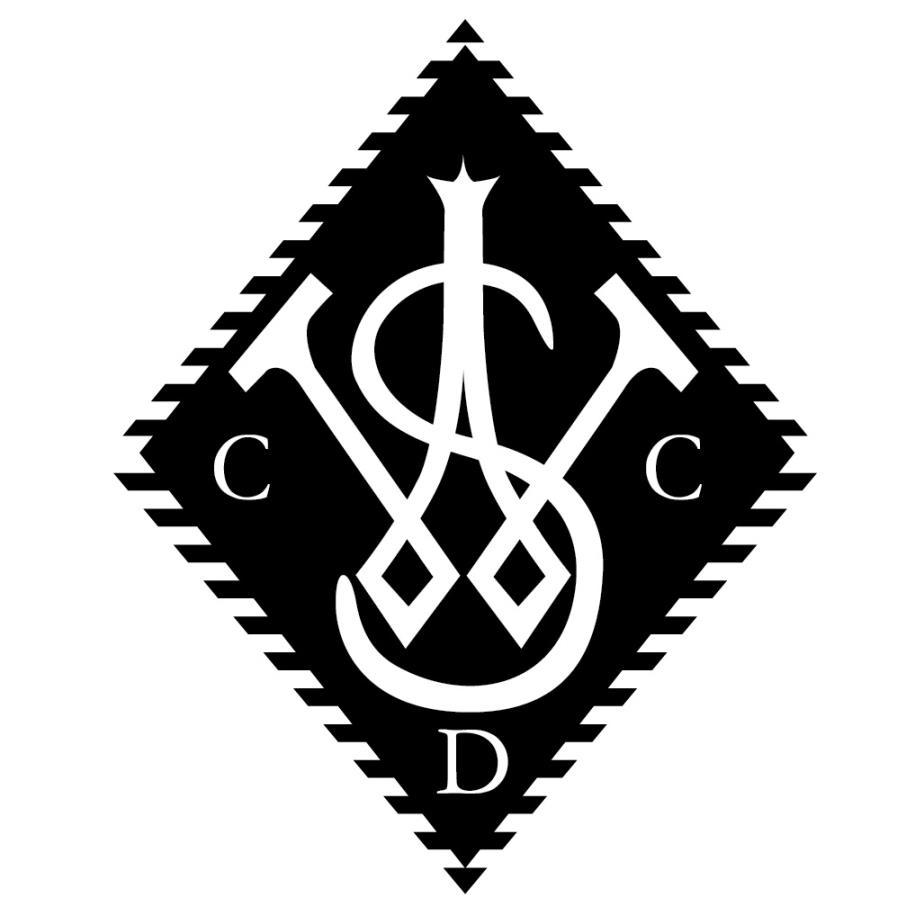
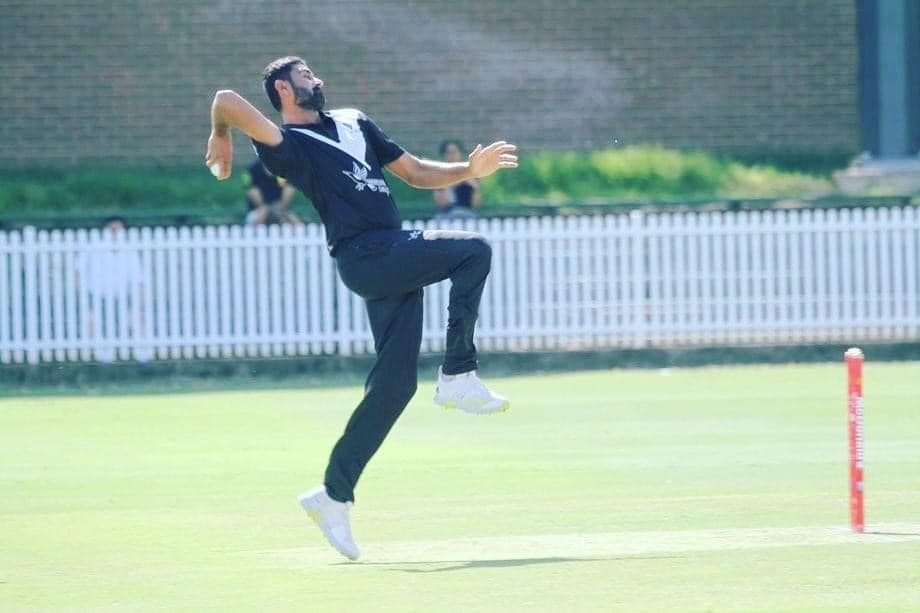
Muhammad Irfan Jnr has led the Western Suburbs first grade bowling attack for several seasons.

Western Suburbs District Cricket Club Sydney
Sydney, New South Wales, Australia
69 Likes
93 Followers
93 Followers

Muhammad Irfan Jnr has led the Western Suburbs first grade bowling attack for several seasons.
'Mo' always challenges the best batters in NSW Premier Cricket with his pace, accuracy and endurance and is highly respected. He recently became an Australian citizen, and the club has high hopes for Mo leading into the 2023-24 season.
Who’s your favourite all-time cricketer?
Kumar Sangakkara
https://www.cricconnect.com/profile/161/western-suburbs-district-cricket-club-sydney/blog/1484/pocket-profile-muhammad-irfan-jnr-western-suburbs-district-cricket-club
Read More
2 years ago

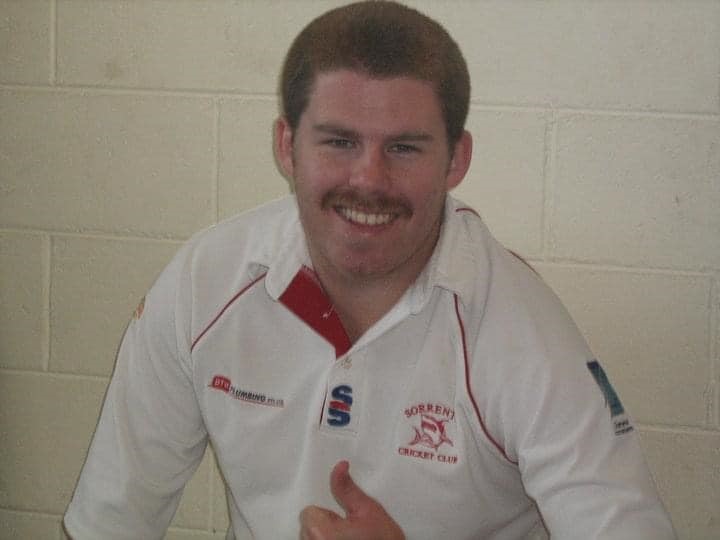
Ryan O’Connor is a celebrated player in the Mornington Peninsula and South Bayside competitions

Parkdale Cricket Club
Melbourne, Victoria, Australia
0 Likes
0 Followers
0 Followers

Ryan O’Connor is a celebrated player in the Mornington Peninsula and South Bayside competitions
He’s played first grade with the three clubs he’s played at. He won the Robert Thompson Medal (Sub district medal) in 2014-15 for Ballam Park and the W.B. Wedgwood medal (Provincial medal) in 2010/11 for Sorrento.
Who played the best innings you’ve seen firsthand playing with or against?
Had to be either Nick Jewell at Crib Point or Anthony Blackwell in his early days at Sorrento. There were too many hundreds to count. They both smoke the ball through cover and as soon as you get short you were gone.
https://www.cricconnect.com/profile/1221/parkdale-cricket-club/blog/1483/ryan-oconnor-keep-it-simple
Read More
Partner Sponsors
2 years ago
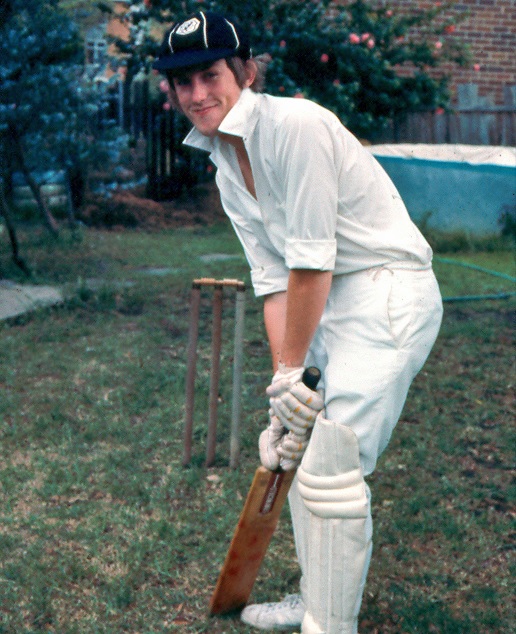
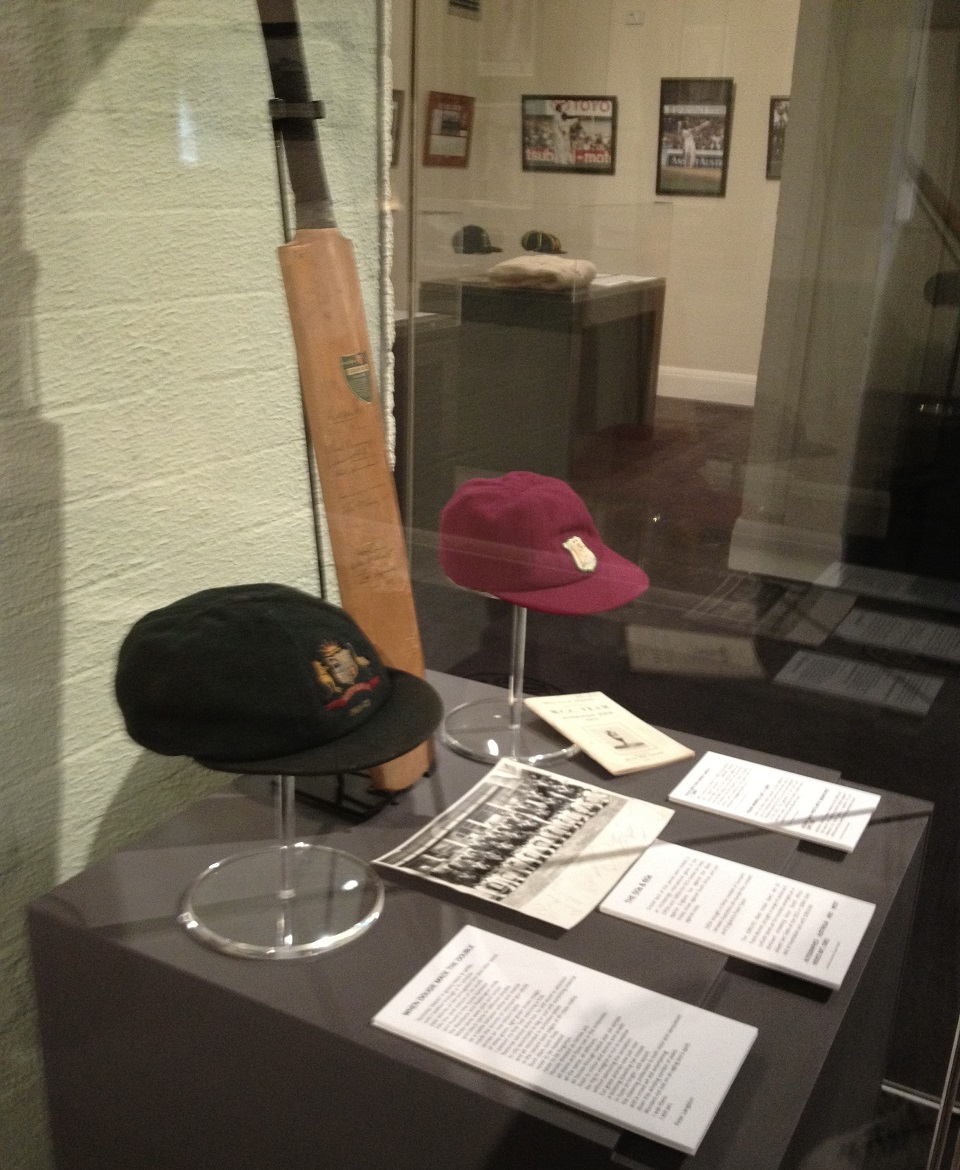
SCG 100th Test - SCG Museum 2012. Doug Walters Test Cap from Australia v WI, February 1969, when he became the first to make a double and single century in the same Test (242 and 103x).

Peter Langston
Tamworth, New South Wales, Australia
36 Likes
4 Followers
4 Followers

SCG 100th Test - SCG Museum 2012. Doug Walters Test Cap from Australia v WI, February 1969, when he became the first to make a double and single century in the same Test (242 and 103x).
It was my first attendance at a Test match, aged 12. I scored the double in tally marks in the back of my previous year’s maths exercise book. Wished I still had it!
In front of the cap is the coming of age poem I wrote about the event.
When Dougie Did The Double
https://www.cricconnect.com/profile/194/peter-langston/blog/458/dougrsquos-deeds-petersquos-poem
Read More
2 years ago

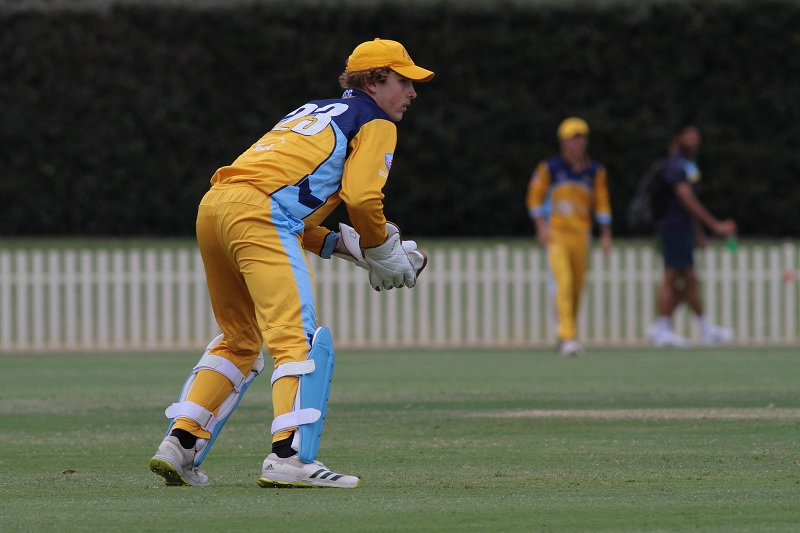
Max Farmer made his first grade debut for Fairfield Liverpool Cricket Club in the first round of the 2022-23 cricket season against Eastern Suburbs.

Fairfield Liverpool Cricket Club
Sydney, Australia
3 Likes
7 Followers
7 Followers

Max Farmer made his first grade debut for Fairfield Liverpool Cricket Club in the first round of the 2022-23 cricket season against Eastern Suburbs.
A highly promising wicket keeper batter Max had played first grade at St George and has been in the NSW pathways for several seasons. Max has represented NSW Country Under 19s at the Australian Under 19 National Championships.
Who’s your favourite all-time cricketer?
Ian Healy no doubt about it
https://www.cricconnect.com/profile/397/fairfield-liverpool-cricket-club/blog/1482/pocket-profile-max-farmer-fairfield-liverpool-cricket-club
Read More
2 years ago

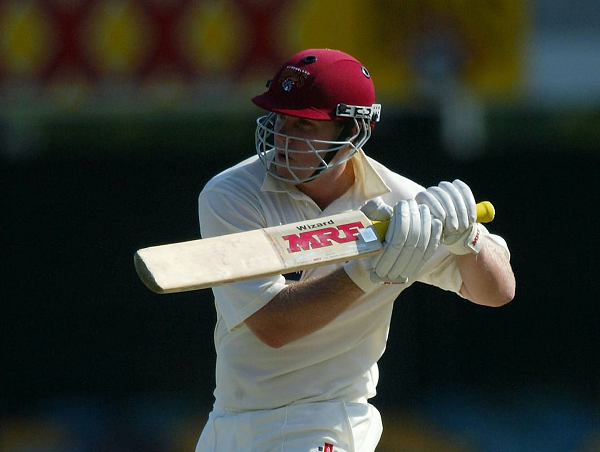
Craig Phillipson burst onto the first class cricket scene in Australia with a century on debut and played 29 first class games and 57 one day games for Queensland.

University of Queensland Cricket Club
Brisbane, Australia
1 Likes
1 Followers
1 Followers

Craig Phillipson burst onto the first class cricket scene in Australia with a century on debut and played 29 first class games and 57 one day games for Queensland.
He won the Peter Burge medal for the best player in the Queensland Premier Cricket in 2009/09. Craig was a wonderful shot maker with one of the best “leaves” in the game and was dismissive of attacks at his best. A quality gripper, underrated medium pacer and with a sharp cricketing mind, he was as good as it got at Grade level.
What was your highest score in senior cricket?
I made 240 not out in a 2nd X1 game for QLD off about 200 balls. Chased down 400 plus in the 4th innings vs Victoria at AB field.
https://www.cricconnect.com/profile/503/university-of-queensland-cricket-club/blog/987/craig-phillipson-a-hundred-on-debut-for-queensland
Read More
Partner Sponsors
2 years ago
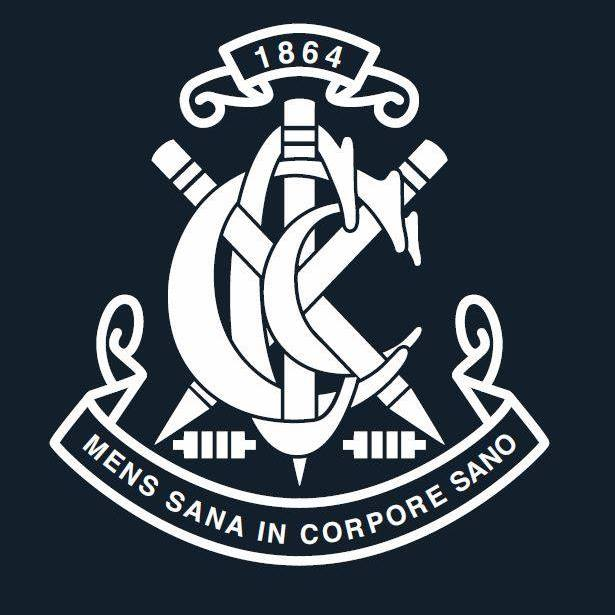
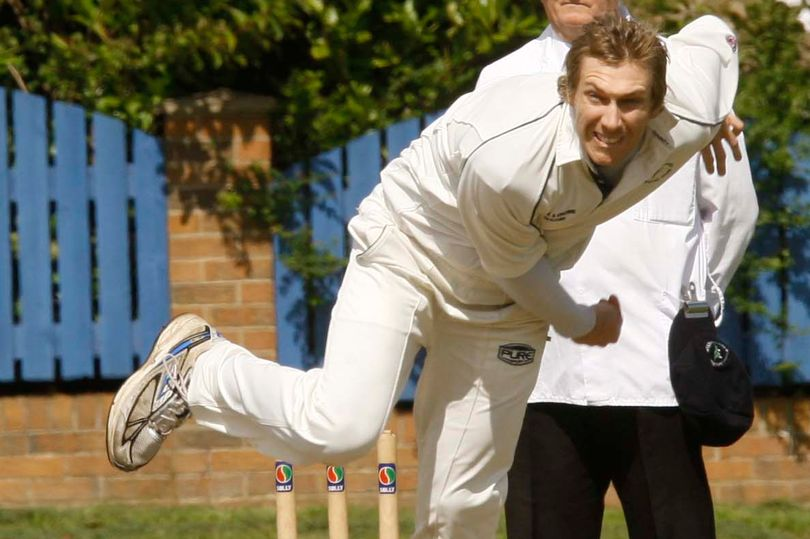
Tim Welsford joined Carlton Cricket Club for the 2005/06 Victoria Premier Cricket Season after spending 7 seasons with Northcote Cricket Club.

Carlton Cricket Club
Melbourne, Australia
2 Likes
3 Followers
3 Followers

Tim Welsford joined Carlton Cricket Club for the 2005/06 Victoria Premier Cricket Season after spending 7 seasons with Northcote Cricket Club.
A highly regarded all-round cricketer Tim was a very welcome addition to Carlton and was the first grade captain for a number of years.
Tim is a member of Cricket Victoria 200 Club having played 249 first grade games, 99 for Northcote and 150 for Carlton.
Tim scored 5,293 first grade runs at an average of 25.57 and he hit 5 centuries and 24 half centuries.
With the ball Tim took 406 first grade wickets at an average of 21.97 with best figures of 7 for 65. He took 5 wickets in an innings on 13 occasions and once took ten wickets in a match.
Tim played 5 first class one day games for Victoria in 2004 and 2005.`
https://www.cricconnect.com/profile/398/carlton-cricket-club/blog/385/tim-welsford-itrsquos-a-marathon-not-a-sprint
Read More
2 years ago
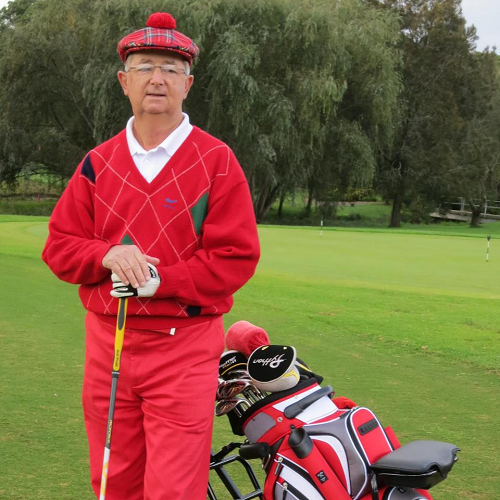
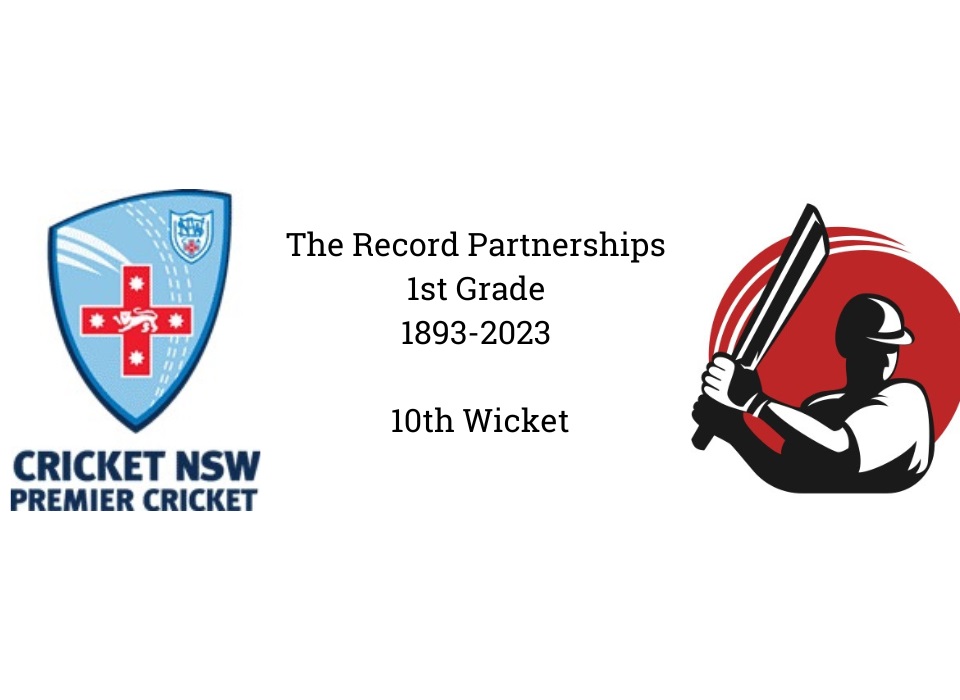
RECORD: 188*runs in 2011-12 by David Dawson (200*) / Chris Tremain (81*) for University of NSW 9-361 declared against Western Suburbs 229 at Village Green in round 4, 5 November 2011.

Lyall Gardner
Sydney, Australia
31 Likes
9 Followers
9 Followers

RECORD: 188*runs in 2011-12 by David Dawson (200*) / Chris Tremain (81*) for University of NSW 9-361 declared against Western Suburbs 229 at Village Green in round 4, 5 November 2011.
University of NSW skipper and wicket-keeper, David Dawson, won the toss and batted on the team’s home ground. With opener James McNeil out for a duck, Dawson was in to bat in the second over. And while he was playing well, his team-mates were struggling against a persistent attack. Wickets were falling regularly although a late order rally of 58 saw the score elevated from 8-115 to 9-173. Nevertheless, the end appeared nigh. Enter fast bowler Chris Tremain, not a “rabbit” by any means, but at no. 11 he was not expected to bother the scorers to any great extent. But something which had not been experienced in the 118 years of Sydney 1st Grade Cricket was about to unfold.
The pair batted for 142 minutes scoring a breathtaking, unconquered 188 for the 10th wicket. While Dawson continued to advance his score, he was far from shielding Tremain from the strike. In fact, the fast bowler faced 135 balls in making 81* which included 11 fours and two huge sixes. And while their partnership was a major milestone, so was the double century which Dawson brought up after facing 237 balls over almost five and a half hours (323 minutes). His 32 boundaries constituted 128 runs of his neat 200* final tally. A declaration was made at 9-361.
https://www.cricconnect.com/profile/227/lyall-gardner/blog/1477/nsw-premier-cricket-the-record-partnerships-from-1893-to-2023-the-tenth-wicket-record
Read More
2 years ago
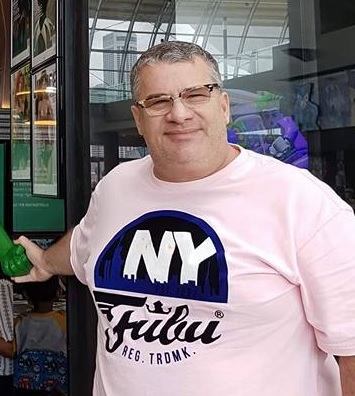
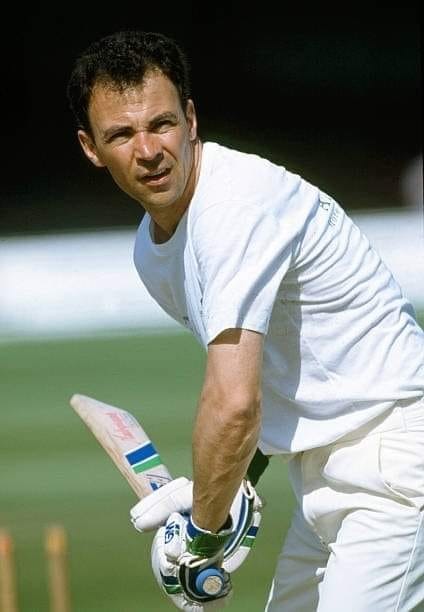

Joe Maiorana
Sydney, Australia
40 Likes
2 Followers
2 Followers

Tim Robinson: I was first picked for England because the selectors thought Chris Broad - who had made his debut against West Indies in 1984 - couldn't really play spin. Being the sort of person he was, Broady tried to prove them wrong, tried to dominate against spin, but kept getting out. I was scoring plenty of runs for Notts, so they took me to India instead.
Read More
Partner Sponsors
2 years ago
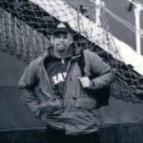
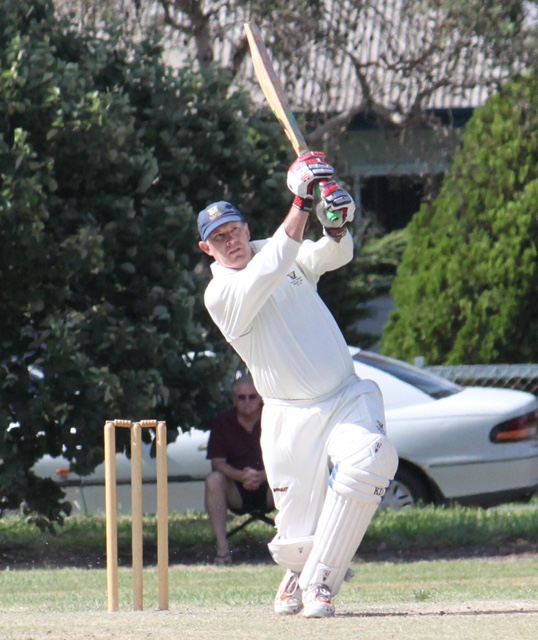
“Legend” is a term too easily bestowed on sports people but I don’t think too many would argue with Gavin Brown being described as a Legend of Brisbane Club Cricket having scored over 16,700 runs for Valleys. He may not have been the best batsman going around but he could well be the most aggressive with his stroke play a combination of Kim Hughes, Collis King & Freddy Kreuger.

Dean Tuckwell
Travel Agent
Gold Coast, Queensland, Australia
70 Likes
20 Followers
20 Followers

“Legend” is a term too easily bestowed on sports people but I don’t think too many would argue with Gavin Brown being described as a Legend of Brisbane Club Cricket having scored over 16,700 runs for Valleys. He may not have been the best batsman going around but he could well be the most aggressive with his stroke play a combination of Kim Hughes, Collis King & Freddy Kreuger.
Some of his feats are well...legendary. In the era before turbo-charged bats he once hit 112 in a second grade game with 106 in boundaries and scored 120 in a first grade one-day game where fellow opener Dean Reeves was on 5 when Browny brought up his hundred. Unfamiliar with the terms “circumspect” or “playing yourself in” he was also sometimes accused of not thinking about the game sufficiently, such as the occasion in a 6-a-side match in Singapore when he danced down the wicket to Sylvester Clarke’s first ball and hit him for six over cover seemingly oblivious to the fact that neither he nor any of his teammates had packed helmets for the trip.
https://www.cricconnect.com/profile/69/dean-tuckwell/blog/208/gavin-brown-ndash-make-sure-you-get-home-before-daylight
Read More
2 years ago

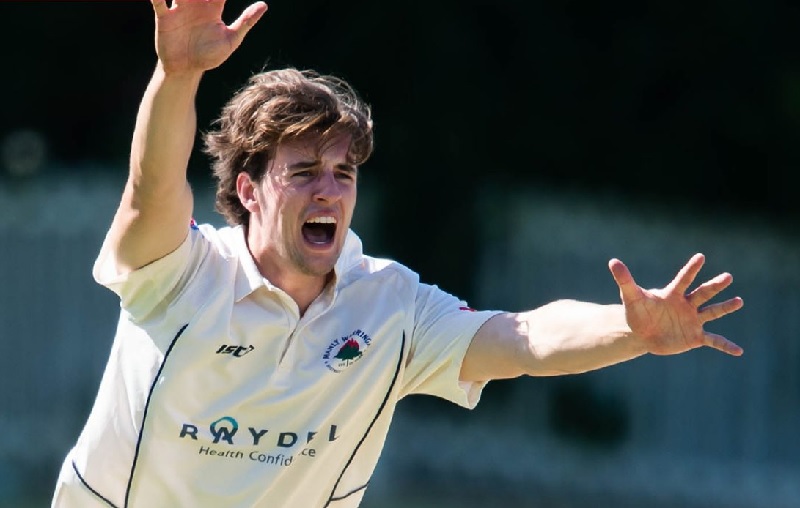
Josh Seward is Manly Warringah District Cricket Club player number 1509 after making his debut for the club in 2017-18. He made his first grade debut during the 2021-22 season.

Manly Warringah District Cricket Club
Sydney, New South Wales, Australia
33 Likes
21 Followers
21 Followers

Josh Seward is Manly Warringah District Cricket Club player number 1509 after making his debut for the club in 2017-18. He made his first grade debut during the 2021-22 season.
Josh played a significant role in Manly 2020-21 and 2022-23 2nd Grade Premiership winning teams. In the 2022-23 grand final against Northern District Josh took 7 for 36 off 23 overs as Northern District were bowled out for 131.
If you can share with our readers how you would describe yourself as a cricketer?
Bowling all-rounder. A poor man's Chris Woakes or Pat Cummins.
https://www.cricconnect.com/profile/338/manly-warringah-district-cricket-club/blog/1476/pocket-profile-josh-seward-manly-warringah-district-cricket-club
Read More
Partner Sponsors
2 years ago

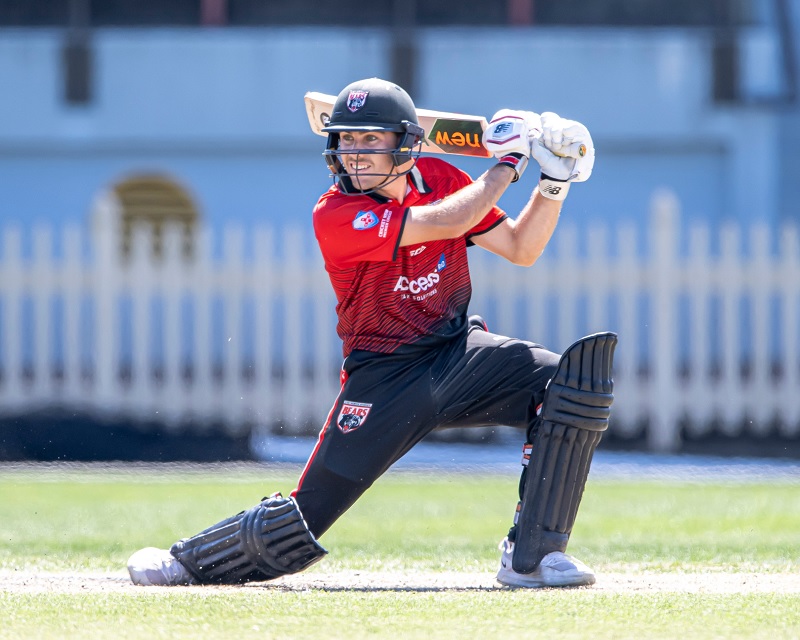
Mac Jenkins is the proud owner of UTS North Sydney first grade cap number 669 after he made his first-grade debut for the club against Sutherland in his first season for the club in 2019/20.

UTS North Sydney District Cricket Club
Sydney, Australia
12 Likes
19 Followers
19 Followers

Mac Jenkins is the proud owner of UTS North Sydney first grade cap number 669 after he made his first-grade debut for the club against Sutherland in his first season for the club in 2019/20.
A talented batter and left arm orthodox bowler Mac has come through the NSW Pathways and is looking forward building on his 2022-23 season of 737 runs and 29 wickets
What’s been your most memorable moment in cricket so far?
A few spring to mind including captaining Australian Under 16 team in some games against Pakistan. But I can’t go past being able to contribute to a first grade win last year at Chatswood Oval where I scored a 100 and took 6 wickets.
https://www.cricconnect.com/profile/380/uts-north-sydney-district-cricket-club/blog/1475/pocket-profile-mac-jenkins-uts-north-sydney-cricket-club
Read More
2 years ago
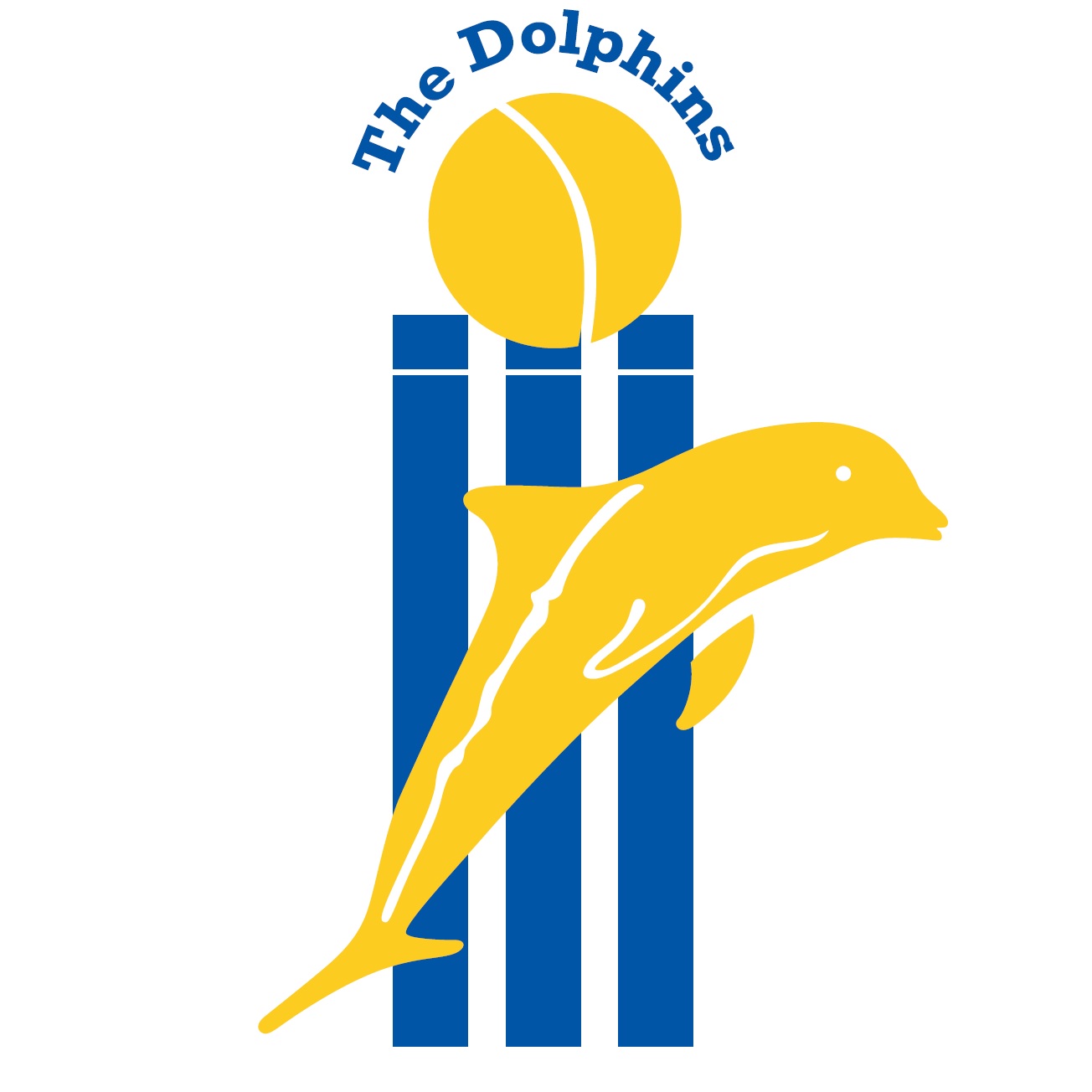
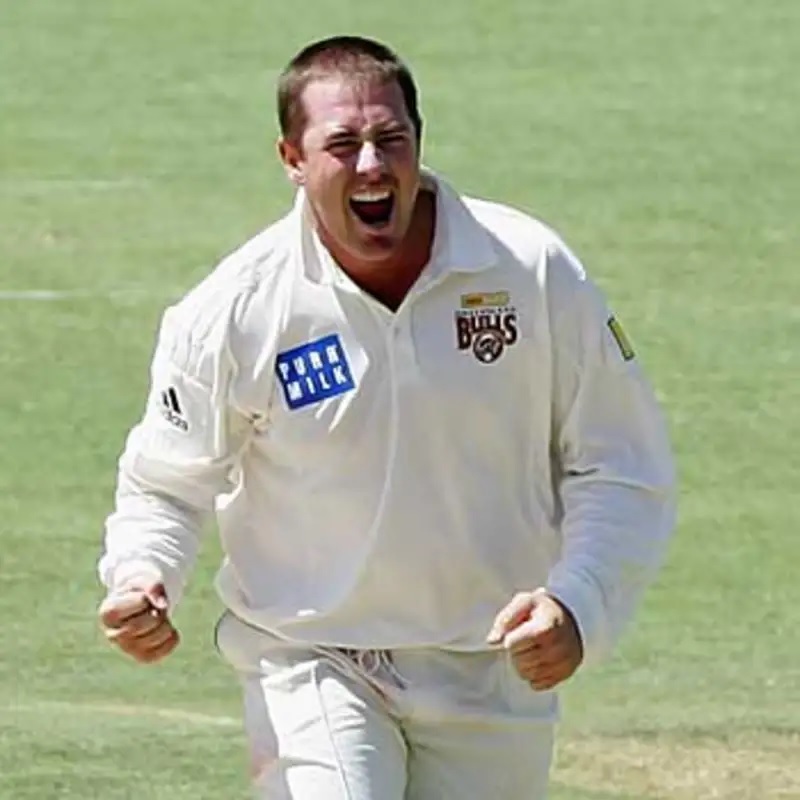
Dan Doran made his first-class debut for Queensland against western Australian in Perth in January 2006.

Gold Coast District Cricket Club
Gold Coast, Australia
5 Likes
3 Followers
3 Followers

Dan Doran made his first-class debut for Queensland against western Australian in Perth in January 2006.
In 32 first class games Dan took 43 wickets with his best figures coming in the 2005-06 Sheffield Shield final when Queensland defeated Victoria by an innings and 354 runs.
Victoria batted first and scored 344 and in reply Queensland scored an incredible 6 declared for 900. In Victoria 2nd innings Dan took the big wickets of Nick Jewell, David Hussey and Cameron White to take 3 for 33 as Victoria were bowled out for 202.
Dan is a Life Member of the Gold Coast District Cricket Club. A premiership winning players and the highest wicket taker for the club.
https://www.cricconnect.com/profile/459/gold-coast-district-cricket-club/blog/1473/dan-doran-spin-it-big
Read More
2 years ago
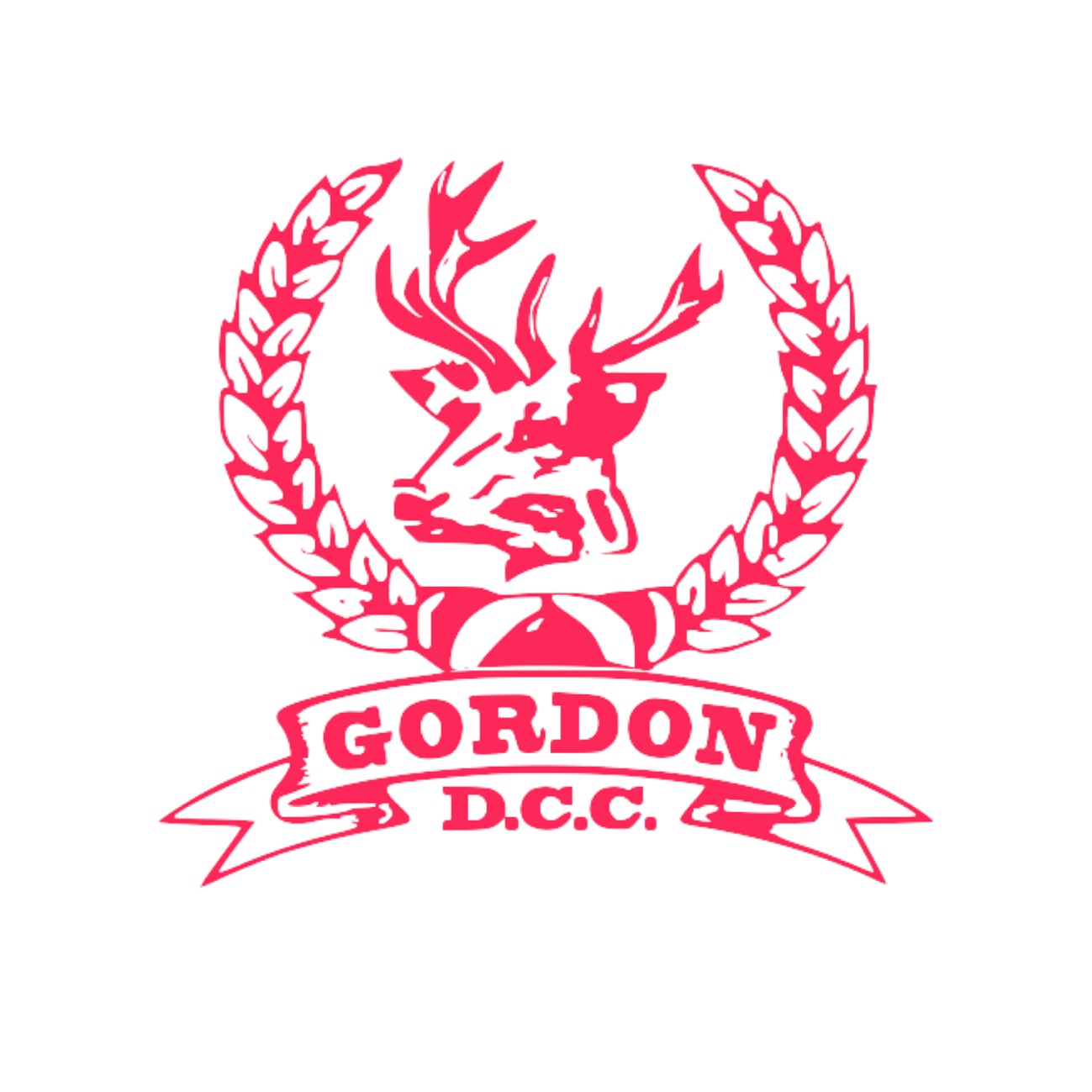
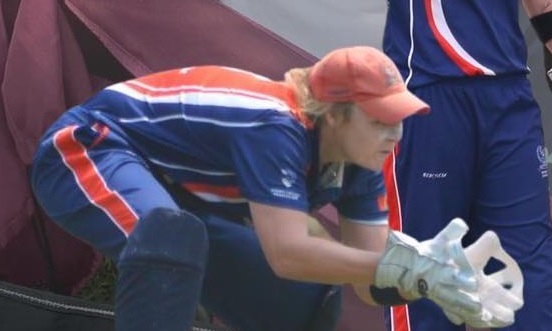
Heidi Cheadle is the current first grade captain of Gordon Women’s Cricket Club.

Gordon Women's District Cricket Club
Sydney, Australia
2 Likes
1 Followers
1 Followers

Heidi Cheadle is the current first grade captain of Gordon Women’s Cricket Club.
A wicket keeper batter Heidi was selected in the 2019/20 NSW Women’s Premier Cricket First Grade team of the year.
At the time of publication Heidi has scored over 2,600 first grade runs and as a wicket keeper taken 136 dismissals including 55 catches and 81 stumping’s.
Who’s the best wicket keeper you’ve seen firsthand playing with or against?
Alyssa Healy - I remember the first time that I ever played proper cricket, was with Midge when we played Combined Independent Schools, and from day 1, I was in complete awe of her. Still am who are we kidding?
https://www.cricconnect.com/profile/335/gordon-womens-district-cricket-club/blog/200/heidi-cheadle-believe-you-can
Read More
Partner Sponsors
2 years ago
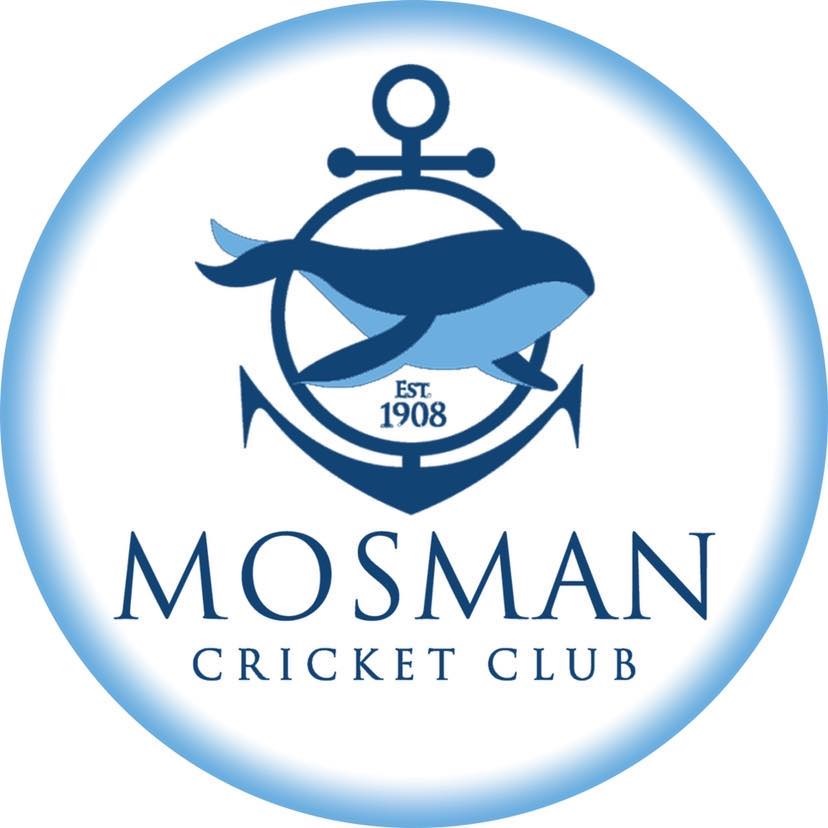
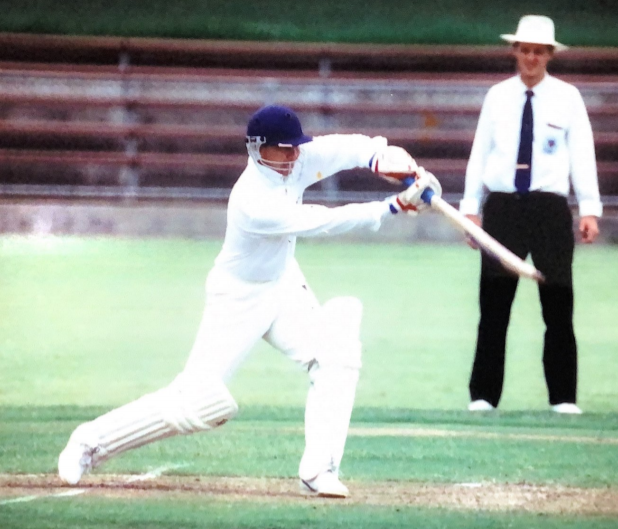
Scott Jacobson made his first grade debut for Mosman in 1981 and in a career spanning 17 years with Mosman and Western Suburbs he scored 5,975 first grade runs at an average of 32.29, scoring 6 centuries and 40 half centuries.

Mosman Cricket Club
Sydney, Australia
15 Likes
28 Followers
28 Followers

Scott Jacobson made his first grade debut for Mosman in 1981 and in a career spanning 17 years with Mosman and Western Suburbs he scored 5,975 first grade runs at an average of 32.29, scoring 6 centuries and 40 half centuries.
A very talented batsman who played NSW Under 19s, NSW Schoolboys and NSW 2ndXI, Scott shares his journey in the game.
At what age did you make your first grade debut in grade cricket and can you remember how you performed in debut?
I was 17 and in those days you played a redraw at the end of the season. I got picked to play against Balmain and Bankstown. I got 17 from memory against Balmain. I remember hitting an on drive for 4 and Tony Steele Balmain’s captain virtually stopping the game and saying “see that’s how you hit an on drive” it was a nice touch from a respected hard core grade veteran. I then played against Bankstown with Len Pascoe, lucky me, I didn’t get many in that game.
https://www.cricconnect.com/profile/340/mosman-cricket-club/blog/214/scott-jacobson-will-to-compete
Read More
2 years ago

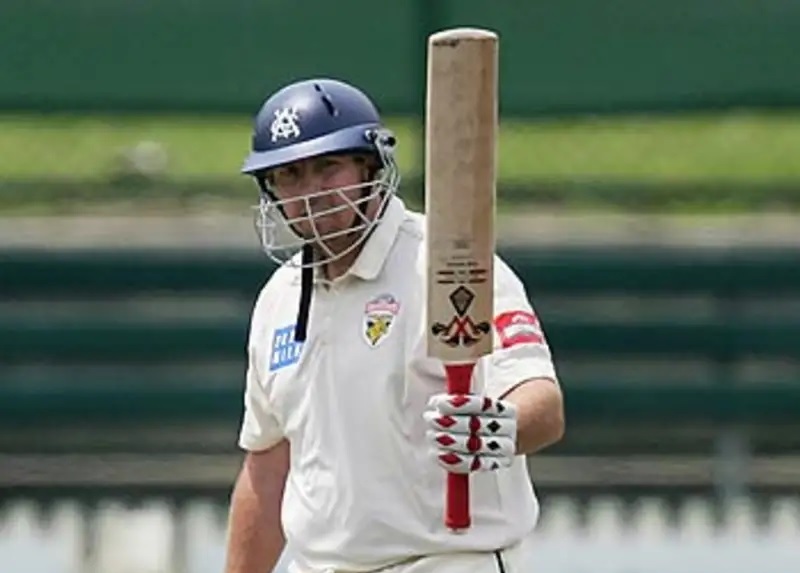
Melbourne District Cricket Scores – 15 January and 22 January 2000

Cricket Victoria
Melbourne, Australia
3 Likes
3 Followers
3 Followers

Melbourne District Cricket Scores – 15 January and 22 January 2000
Pictured – Jason Arnberger scored 119 for Richmond v Carlton
https://www.cricconnect.com/profile/534/cricket-victoria/blog/1471/melbourne-district-cricket-scores-15-january-and-22-january-2000
Read More
2 years ago

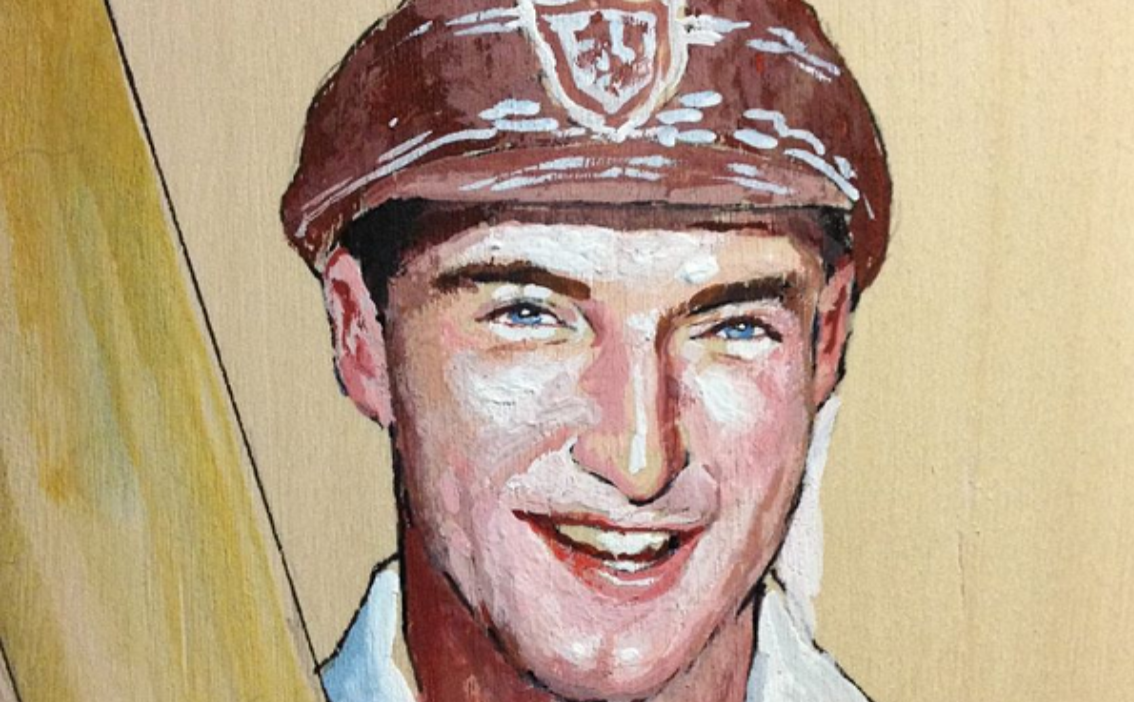
My Best Grade team - Adam McNamara 1991 to 2007

Adam McNamara
Melbourne, Victoria, Australia
2 Likes
0 Followers
0 Followers

My Best Grade team - Adam McNamara 1991 to 2007
I had the good fortune of playing for the two best grade / district clubs in Australia, that being St Kilda CC and St George CC. Both clubs are steeped in history (seven players in the Australian team of the century), strong cultures centred around passion for the club, an environment of success and where aspiring cricketers honed their skills to become better cricketers and people.
I have lifelong friends and many wonderful memories from my playing days at both clubs. I was fortunate to be part of premiership winning teams (lower grades) and club championships at both clubs. Over the journey I learnt a great deal from those associated with both clubs be that players, coaches, or administrators. I was a fringe player at 1st grade level so for me it was a privilege to observe and play with so many great players.
https://www.cricconnect.com/profile/162/adam-mcnamara/blog/1470/my-best-grade-team-adam-mcnamara-1991-to-2007
Read More
Partner Sponsors
2 years ago
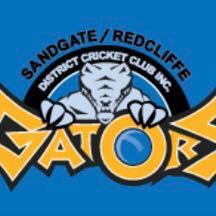
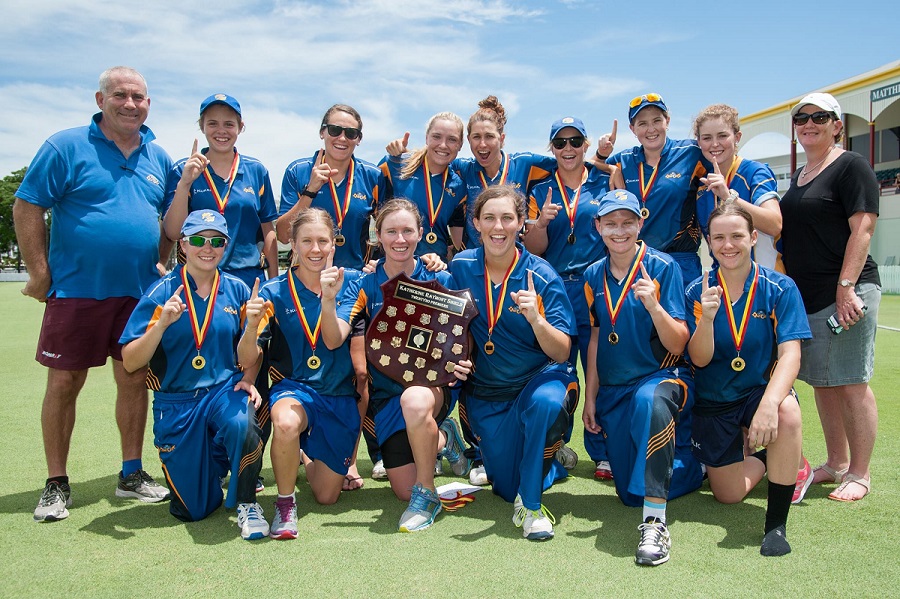
Sandgate Redcliffe Cricket Club Women’s First Grade Premiers 2016-17

Sandgate-Redcliffe Cricket Club
Brisbane, Australia
0 Likes
3 Followers
3 Followers

Sandgate Redcliffe Cricket Club Women’s First Grade Premiers 2016-17
Back Row - Bruce Arrold (Coach), Kirsten Davey, Taylah Brotherston, Georgia Prestwidge, Courtney Hill, Shaye Easton, Lauren Shackleton, Georgia Hendy, Sandy Hendy (Manager)
Front Row - Erin Wilkinson, Jemma Barsby, Beth Mooney, Tess Cooper, Kelsie Minty, Lily Mills
Read More
2 years ago
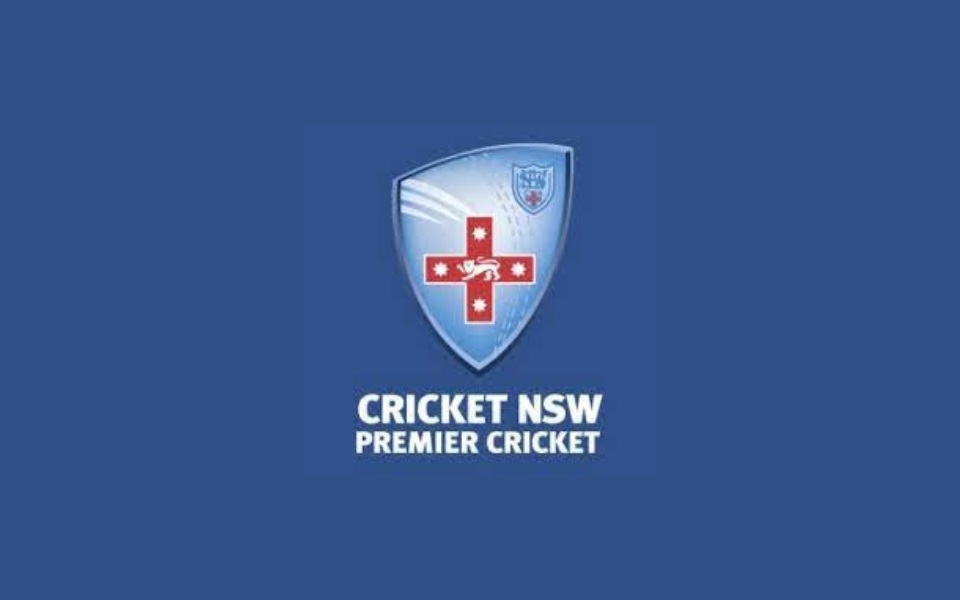
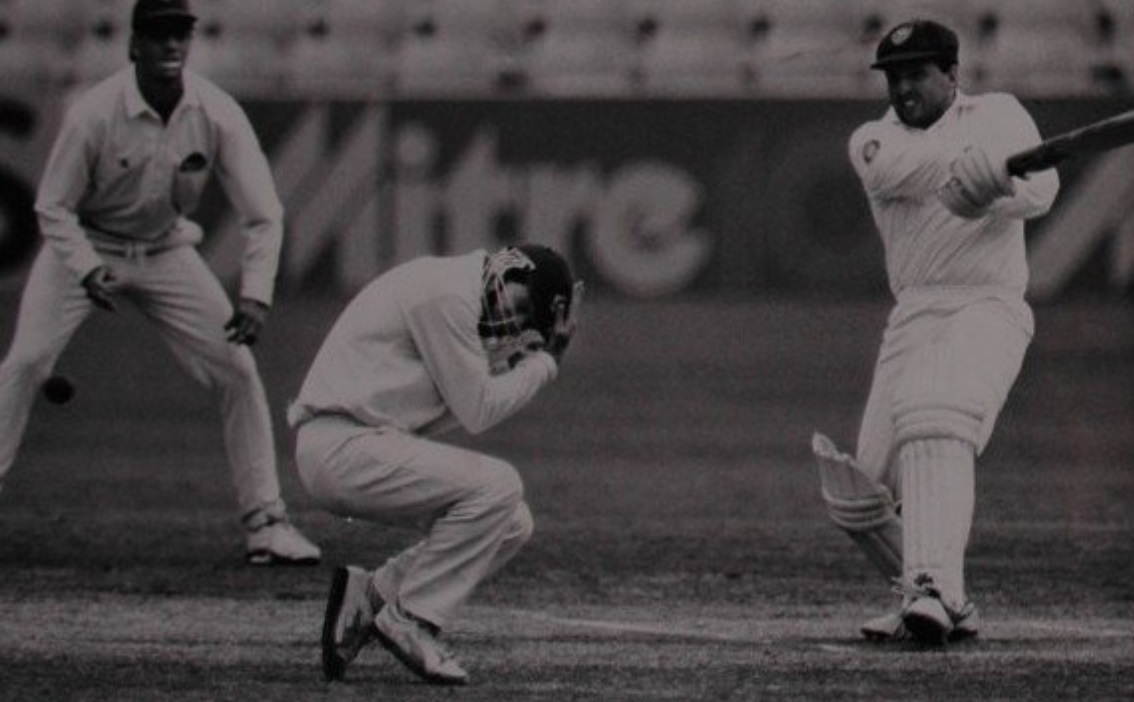
Sydney Grade Cricket scores. Round 11 on 14th and 21st January 1989. Pictured - Brad McNamara scored 116 for Western Suburbs v Waverley

NSW Premier Cricket
Sydney, New South Wales, Australia
49 Likes
56 Followers
56 Followers

Sydney Grade Cricket scores. Round 11 on 14th and 21st January 1989. Pictured - Brad McNamara scored 116 for Western Suburbs v Waverley
https://www.cricconnect.com/profile/1191/nsw-premier-cricket/blog/1469/sydney-grade-cricket-scores-14th-and-21st-january-1989
Read More











